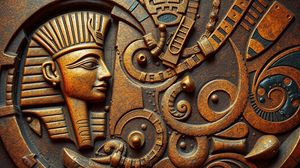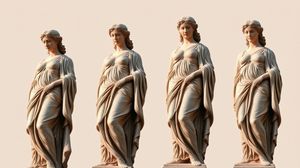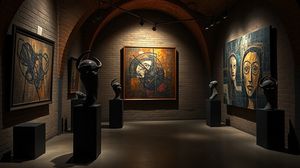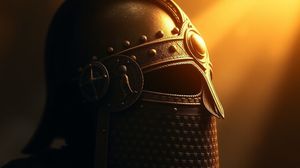
The Petrie Museum of Egyptian Archaeology is a hidden gem located within University College London. This museum houses one of the greatest collections of Egyptian and Sudanese archaeology in the world, offering visitors an intimate and insightful exploration of ancient Egyptian culture.
Founded in 1892, the museum's collection was initially assembled by the pioneering archaeologist Flinders Petrie. Through his excavations, Petrie not only acquired numerous artifacts but also developed methods that transformed archaeological site recording. His work laid the foundation for the modern discipline of archaeology.
The museum holds over 80,000 objects, ranging from large stone sculptures to delicate textiles and intricate jewelry. Among these treasures are some extraordinary items, such as the world's oldest known woven garment, called the Tarkhan Dress, which dates back over 5,000 years.
The Petrie Museum is particularly known for its extensive collection of papyri, which includes important literary texts, private letters, and administrative documents that provide unique insights into the lives of ancient Egyptians.
One of the intriguing facets of the museum is its collection of pottery and ceramics, boasting over 7,000 objects that showcase the evolution of craftsmanship and innovation over millennia, from prehistoric periods to the Islamic era.
For those interested in the scientific aspects of archaeology, the Petrie Museum offers a closer look at the experimental reconstructions of ancient technologies, including glassmaking and metalwork, which highlight the resourcefulness and advanced skills of ancient craftspeople.
Visitors will find the museum an educational experience, complete with opportunities to engage with interactive displays and activities that shed light on everything from ancient Egyptian daily life to religious practices and funerary customs.

Making the Most of Your Visit:
If you're into the intricacies and details of ancient Egyptians' daily lives, don't miss the papyri section. It's fascinating to see how they documented everything from inventory lists to personal letters. Spend some time here and imagine the bustling ancient world coming to life off these pages.
Don't rush through the pottery collection. It's more than just pots and pans; it's like a historical timeline of craftsmanship. You get to see the progression and innovation through the ages, so take your time with these pieces.
The museum's lighting is intentionally soft to protect the artifacts, but it can make reading some of the small print on displays a bit tricky. Consider bringing a small flashlight to help you see things better, especially in the dimmer corners.
For photography lovers, the museum allows non-flash photography. It's a fantastic opportunity to capture some of the intricate details and designs on these ancient pieces. Just be considerate of other visitors trying to enjoy the exhibits, too.
Plan your visit around one of their occasional tours or themed events if possible. They offer deeper insights and stories you might miss on a self-guided visit, and the guides are often passionate experts in their field.

Visiting Times & Costs:
The Petrie Museum of Egyptian Archaeology is open to the public and offers free entry for all visitors. It typically operates from Tuesday to Saturday, from 1pm to 5pm. However, opening times can be subject to change, so it's recommended to check in advance when planning your visit. The museum is occasionally closed for maintenance, special events, or university holidays.
Accessibility is a priority at the Petrie Museum, with step-free access available at the venue. Although some areas may have limited manoeuvrability due to the layout of the building, efforts are made to accommodate visitors with mobility challenges.
It is worth noting that while entry is free, donations are appreciated to support the museum's ongoing research and preservation efforts. Special exhibitions or events, when available, may require prior booking or a ticket purchase.

Address & Map:

Nearby:























